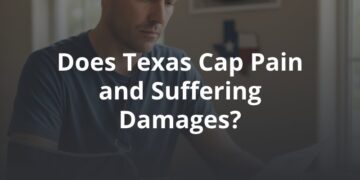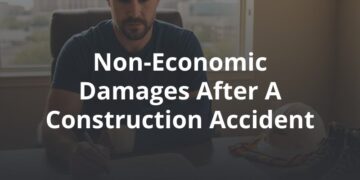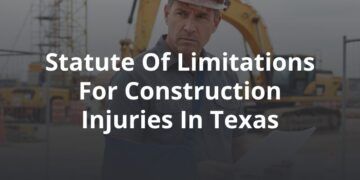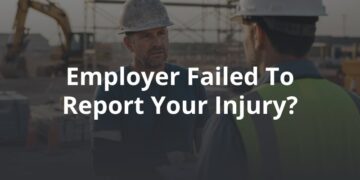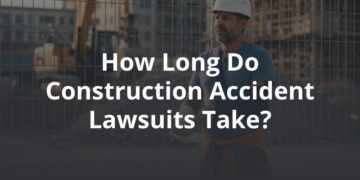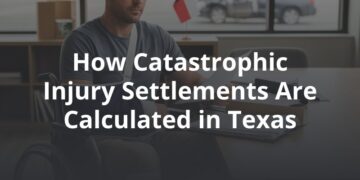Austin is a tough place to be a pedestrian. That’s the lesson to be learned from Austin police data, which reveals that pedestrian accident deaths currently make up almost half of all traffic fatalities in our city.
These deaths are unfortunately on the rise: there were 31 separate pedestrian deaths in 2018, compared to 23 fatalities in 2017.
That may seem shocking, but it’s easy to believe for anyone who’s ever been downtown on a Saturday night.
Popular entertainment districts like Sixth and Rainey Streets offer a perfect storm of conditions that can lead to pedestrian deaths: intoxicated drivers and pedestrians, close proximity to I-35, distracted driving, and congestion are just a few of the accident risk factors in these areas.
Just last summer, for instance, a pedestrian was hit and killed by a semi truck while crossing I-35 near Sixth Street.
The Rainey Street district has some distinct qualities that make it especially dangerous. Hundreds of people flock to this bar district every weekend, making it a public hazard for everyone on the road — particularly pedestrians.
For one thing, the streets are very narrow, with little room for pedestrians and cyclists.
In some places, there are no sidewalks, or the “sidewalks” are simply narrow dirt paths along the curb. Pedestrian traffic can easily spill out onto the road on busy nights. But since the city does not close this area off, as it does Sixth Street, pedestrians must compete with traffic.
That area of the city is also relatively isolated from bus lines and is difficult to access on foot from other entertainment districts. There are absolutely no designated bike lanes or trails, save for the Ann and Roy Butler Hike-and-Bike Trail, which runs along the southern edge of the neighborhood.
These factors combine to create an environment that’s an accident waiting to happen; in fact, a study conducted by engineering consulting firm Big Red Dog uncovered 89 separate collisions that occurred between 2010 and the end of 2016 along the section of East César Chávez Street that abuts the Rainey Street district.
More disturbing, however, were the study’s findings for collisions on I-35 near Rainey Street, where there were over 600 different accidents in just six years.
When the Austin American-Statesman probed APD about why police do not close off Rainey Street on weekends, Austin police Lt. Dustin Lee said there just isn’t enough foot traffic on Rainey Street to warrant a street closure.
However, while Rainey Street may not be as popular as Sixth Street, it sees its fair share of pedestrian activity: the Big Red Dog study found that one pedestrian crosses the intersection of Rainey and Davis Streets every three seconds between the hours of 9:30 pm and 2:30 am.
Meanwhile, there are an estimated 161 cyclists making their way through the same intersection on an average Saturday night.
These findings seem to contradict the statement that Rainey Street traffic doesn’t warrant additional safety protections.
The city of Austin, however, is not as convinced as the police that Rainey Street doesn’t deserve special attention.
At the beginning of May this year, the City of Austin Design Commission voted unanimously to issue a comprehensive mobility study for the Rainey Neighborhood, data that will be used to create a mobility plan for the area.
That decision occurred after the Rainey Street Neighborhood Association drafted a letter to the Design Commission, urging them to take action on infrastructure improvements in the area.
Among their recommendations? Building designated bike parking areas, creating rideshare drop-off zones, adding wayfinding signage, and extending Rainey Street to intersect with César Chávez Street, easing the traffic on Red River Street.
Previous mobility recommendations from Big Red Dog were even more expansive, including improving sidewalks to make them continuous throughout the district, augmenting pedestrian street crossings and lighting at various intersections, adding Capital Metro connectivity to the area, and including speed tables and traffic calming improvements throughout the neighborhood to lower the risk of pedestrian accidents.
Unfortunately, that last set of recommendations was made in 2017 — and no concrete improvements seem to have come out of it. We can only hope that the Austin Design Commission’s new study signals the beginning of serious pedestrian safety improvements.
Otherwise, you can expect the Rainey Street area, particularly along I-35, to continue to be a hotbed of accident activity.
Austin’s pedestrians deserve to feel safe as they navigate high-density areas around the city. At FVF, we work hard to ensure that pedestrians’ rights are protected — even in the face of a serious accident.
If you have been hit by a car on Rainey Street or anywhere else in Austin, contact our pedestrian accident lawyers today for a free case evaluation.
We stand up for the rights of pedestrians and cyclist accident victims to ensure that your voice will be heard and to help you make the best decisions for your case. Contact us today for a free consultation.
